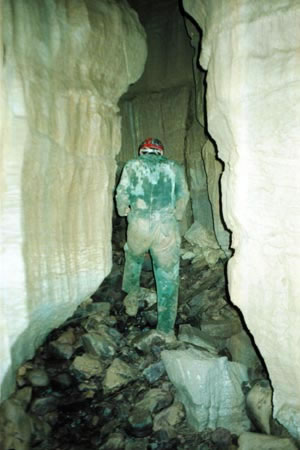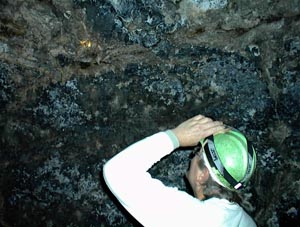 |
The
Cave Research Foundation |
 |
The
Cave Research Foundation |
| Home | About CRF |
Grants |
Membership |
Officers |
Business Page |
Operations Areas |
Photos |
Cave Books |
Members Page |
 Successful
exploration, new discoveries and persistent survey work in Flint Ridge
led to the conviction that lasting value and continuity for the project
required a formal organization. In 1957, the Cave Research Foundation
was registered as a non-profit corporation under the laws of the state
of Kentucky. Its goals were to promote exploration and documentation of
caves and karst areas, to initiate and support cave and karst research,
to aid in cave conservation and protection, and to assist with the
interpretation of caves and karst to the public.
Successful
exploration, new discoveries and persistent survey work in Flint Ridge
led to the conviction that lasting value and continuity for the project
required a formal organization. In 1957, the Cave Research Foundation
was registered as a non-profit corporation under the laws of the state
of Kentucky. Its goals were to promote exploration and documentation of
caves and karst areas, to initiate and support cave and karst research,
to aid in cave conservation and protection, and to assist with the
interpretation of caves and karst to the public.